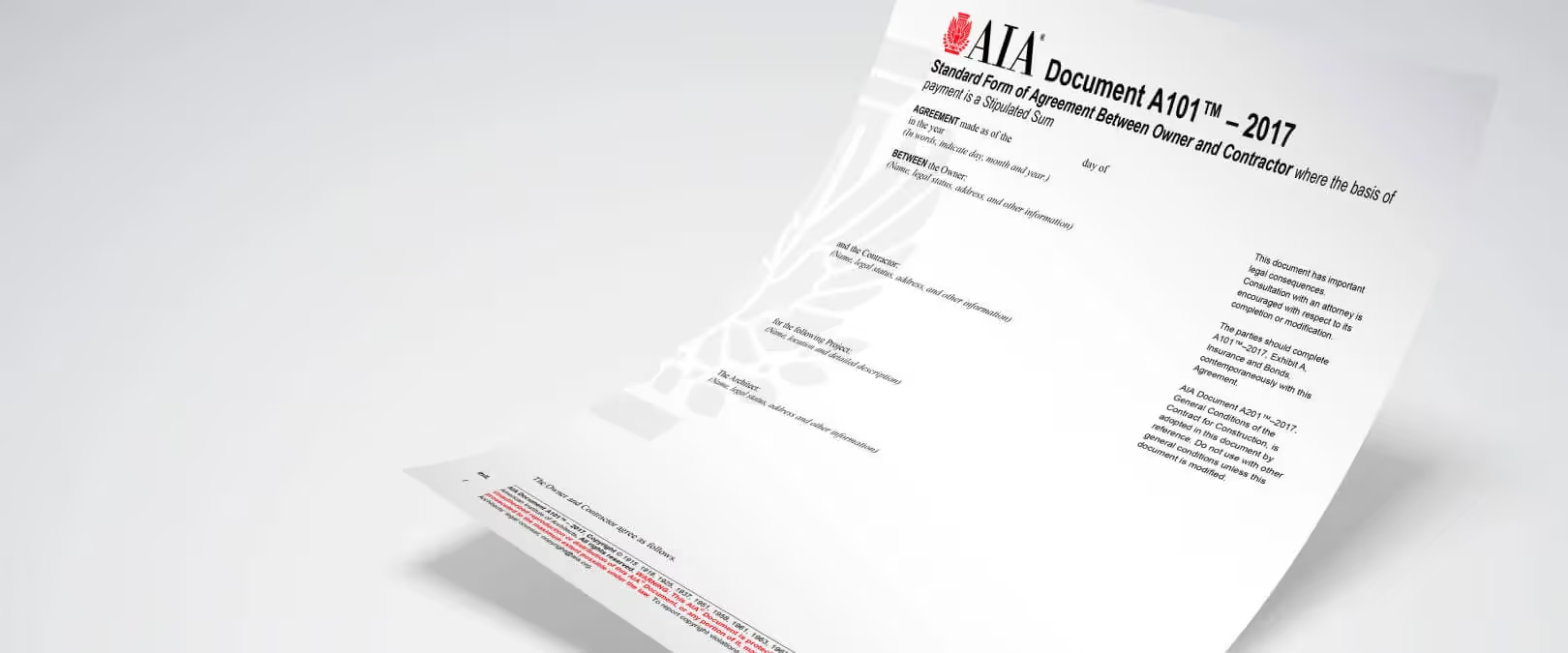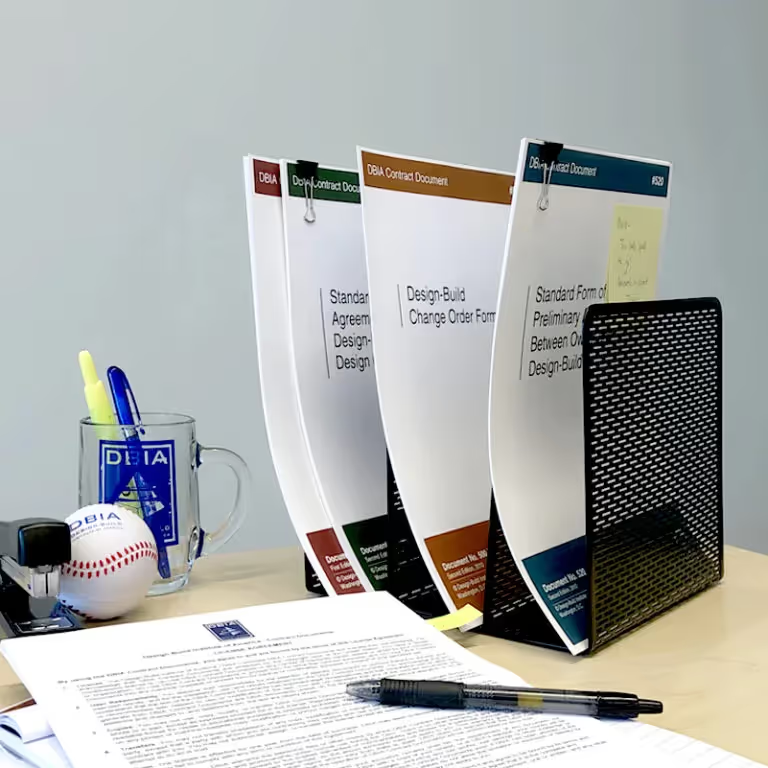Standard forms of construction contracts are foundational documents in the construction industry, delineating the responsibilities, obligations, and rights of all parties involved in a construction project. These contracts ensure clear communication, legal compliance, and effective project management throughout the project lifecycle.
Below, we will explore the technical nuances of key standard forms commonly used in the industry, providing valuable insights for professionals such as contractors, architects, engineers, and project managers. Understanding and leveraging these standardized contracts is essential for mitigating risks, fostering collaboration, and driving successful outcomes in construction projects across North America.

1. American Institute of Architects (AIA) Contracts
AIA contracts are widely recognized and utilized in the North American construction industry due to their standardized and comprehensive nature.
AIA Document A101, known as the Standard Form of Agreement Between Owner and Contractor, delineates the agreement's fundamental aspects, such as the scope of work, contract sum, and payment terms. On the other hand, AIA Document A201, the General Conditions of the Contract for Construction, outlines the project's general conditions, including changes in the work, dispute resolution procedures, and termination provisions.
These contracts are extensively used by project owners, contractors, architects, and legal experts across various project delivery methods, including design-bid-build and design-build, and apply to a wide range of projects, including commercial, residential, and infrastructure developments.
2. ConsensusDocs Contracts
ConsensusDocs offers a suite of standardized contracts that are gaining popularity in the construction industry for their balanced and fair approach.
ConsensusDocs 200, the Standard Agreement and General Conditions Between Owner and Constructor provides clarity on project scheduling, warranties, and indemnification, fostering effective communication and risk allocation among stakeholders. Similarly, ConsensusDocs 410 is tailored for design-build projects, integrating design and construction responsibilities under one contract, enhancing collaboration and accountability.
These contracts are utilized by owners, constructors, design-build teams, and project managers across various sectors to establish transparent and equitable relationships and streamline project execution.
3. Engineer Joint Contract Documents Committee (EJCDC) Contracts
EJCDC contracts are specifically designed to address the technical intricacies of engineering and construction projects.
EJCDC C-700, the Standard General Conditions of the Construction Contract, covers critical aspects such as project scheduling, submittals, changes in the work, and dispute resolution mechanisms. On the other hand, EJCDC E-500 outlines the Agreement Between Owner and Engineer for Professional Services, encompassing detailed provisions for the scope of services, compensation, and liability limitations.
These contracts are widely adopted by owners, engineers, contractors, and project managers in engineering-intensive projects across sectors such as civil infrastructure, environmental engineering, and specialized construction work.

4. Design-Build Institute of America (DBIA) Contracts
DBIA contracts are tailored for design-build projects, providing an integrated approach to design and construction responsibilities.
DBIA Document 535, the Standard Form of Agreement Between Owner and Design-Builder, establishes clear project goals, design criteria, and performance standards, ensuring alignment between owner expectations and project outcomes. Complementing this, DBIA Document 541 covers specific aspects of project management, quality control measures, and project closeout procedures, promoting efficiency and accountability throughout the project lifecycle.
These contracts are utilized by owners, design-build teams, architects, engineers, and project managers across various sectors, including commercial, healthcare, education, and infrastructure, for seamless project delivery and client satisfaction.
5. American Society of Civil Engineers (ASCE) Contracts
ASCE contracts provide standardized forms specifically tailored to engineering and infrastructure projects.
ASCE 530, the Standard Form of Agreement Between Owner and Engineer for Professional Services, delineates detailed provisions for project scope, deliverables, and professional standards. Additionally, ASCE 534 is designed for agreements between owners and design-builders, integrating engineering-specific considerations into contractual arrangements ensuring alignment with technical requirements and industry best practices.
These contracts are utilized by owners, engineers, contractors, and project managers to address engineering complexities and ensure project success in civil engineering and infrastructure projects.
6. Federal Acquisition Regulation (FAR) Contracts
FAR contracts are critical in government contracting, ensuring compliance with federal procurement regulations in construction projects. They encompass various contract types, including fixed-price, cost-reimbursement, and time-and-materials contracts, each tailored to specific project needs and regulatory requirements.
These contracts promote transparency, accountability, and fair competition in government-funded construction projects, benefiting contractors, subcontractors, and government agencies.
Conclusion
Standard forms of construction contracts are vital tools that establish clear expectations and guidelines for all parties involved in construction projects. The American Institute of Architects (AIA) contracts, ConsensusDocs contracts, Engineer Joint Contract Documents Committee (EJCDC) contracts, Design-Build Institute of America (DBIA) contracts, and American Society of Civil Engineers (ASCE) contracts each serve specific purposes, from comprehensive frameworks to addressing technical complexities. Understanding and using these standardized contracts are essential for navigating legal complexities, mitigating risks, fostering collaboration, and achieving project success in the construction industry.
Related Blog: Exploring Standard Forms of Construction Contracts in Australia











